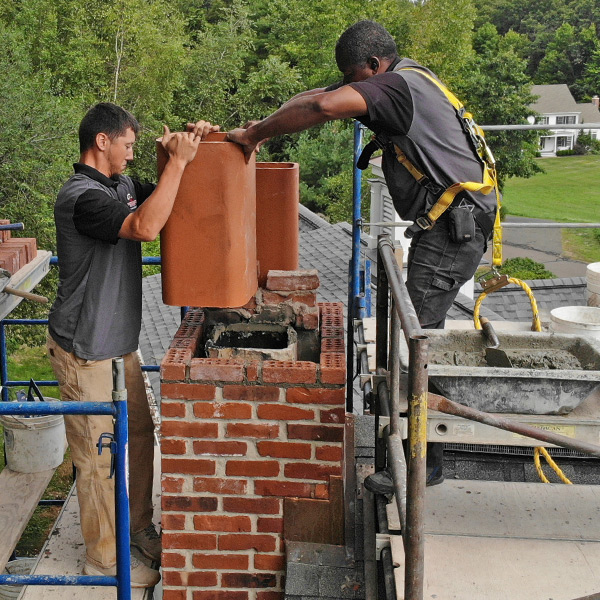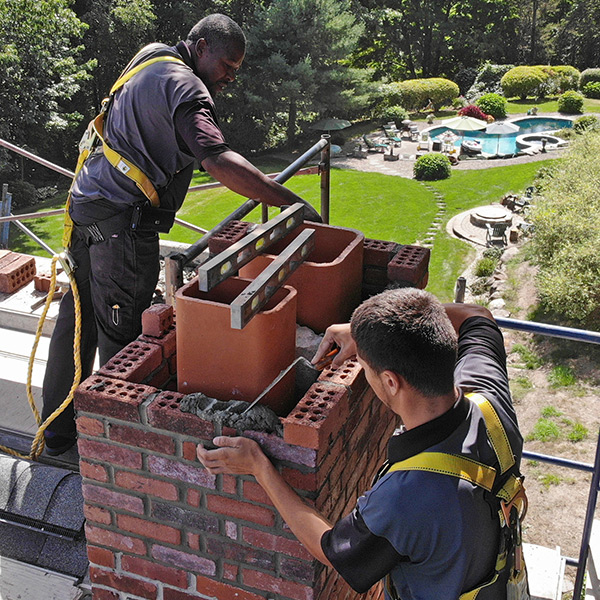Does Air Duct Cleaning Make a Mess?
Regular duct cleaning is necessary to remove debris, mold, germs, and pests from your ducts, in order to improve indoor air quality. However, the question that comes to mind after looking in the cleaning process, does the air duct cleaning process create a mess?
Yes, it does create a mess while cleaning the air duct. This is because, during the cleaning process, a high-powered suction machine is used, which can cause the dispersal of debris and dust within your home, as ducts are located throughout the house.
Though, there are some ways that can help you prevent the mess!
Ways to Prevent The Air Duct Cleaning Mess
Air duct cleaning is a task that requires specialized tools and training and can result in some degree of mess.
However, certain precautions can be taken to ensure that the dust and debris are contained within the ducts and properly vacuum with high-efficiency particulate air (HEPA)-rated equipment. If the air ducts are thoroughly sealed and inspected by a professional technician, the escape of dust and other contaminants into the rest of your home during the cleaning process will be kept to a minimum.
Below, we have listed down the ways that can help you prevent or at least minimize the mess of air duct cleaning for a better indoor breathing environment.
- Cover Your Furniture & Flooring: Before starting the air duct cleaning, it’s essential to ensure that you cover all the furniture and flooring with protective covering sheets to prevent any dust from settling in there.
- Seal Off the Ducts: If possible, seal off the ducts to prevent dust and debris from spreading throughout your home.
- Vacuum Thoroughly Before & After Cleaning: Vacuum your home thoroughly before and after the cleaning air duct to minimize the amount of dust that escapes back into your home.
- Open Windows & Doors: Also, open windows and doors to allow for ventilation and reduce the buildup of dust and debris inside your home.
- Hire a Reputable Duct Cleaning Expert: A professional and experienced duct cleaning expert at High’s Chimney will use the right equipment and techniques to minimize the mess caused while cleaning the air ducts. Our experts use state-of-the-art vacuum systems with HEPA filtration to trap dust, debris, and other particles, so they don’t escape into your home.
The Importance of Air Ducts Cleaning
Regular duct cleaning is important to keep your home’s ventilation clean from dust particles and other contaminants. It is essential for quality indoor air, energy efficiency, and longevity of heating, ventilation, and air conditioning (HVAC) systems.
-
Maintain Good Air Quality
The air that flows through your ducts is the same air your family inhales on a daily basis. If you leave ducts unchecked, then there’s a chance that they may collect allergens such as pollen and pet dander, which can then be released back into your living space through the air vents.
Although these dust particles may not pose a significant health risk, they can cause problems for individuals who suffer from asthma, allergies, or other respiratory problems. But having your air ducts cleaned can improve air quality and ensure that your air remains free of airborne particles.
-
Boost Energy Efficiency
If air ducts are not cleaned, the buildup of debris can hinder the flow of air to and from the HVAC system components. When ducts are clogged, your furnace or air conditioner must use more energy to perform effectively. Maintaining clean ducts will ensure optimal efficiency for your HVAC units.
-
Protect Heating & Cooling Equipment
A poorly maintained ventilation system can result in clogged air conditioner coils, dirty air vents, contaminated blower wheels, and other problems that can lead to expensive repairs. Incorporating duct cleaning into your regular maintenance routine can prolong the lifespan of your HVAC system.
Did you know? On average, a single duct cleaning process results in the removal of approximately six pounds of dust and other debris from the home.
How Often Should Air Ducts Require Cleaning?
The frequency of air duct cleaning depends on several factors, such as the size of your home, the number of pets you have, and the level of indoor air pollution. As a general guideline, it is recommended to have air ducts cleaned every three to five years.
However, it’s always a good idea to consult with a professional HVAC technician who can inspect your ducts and provide a recommendation based on your specific situation and guide you on how often you should take a dryer vent repair service.
Get Air Duct Repairing & Sweeping Service From High’s Chimney
Air duct cleaning is not a simple task that can be easily carried out by anyone. It requires specialized equipment and the expertise of skilled technicians to be done properly. Here at High’s Chimney, we have the right tools and experienced technicians to provide you with a thorough and effective cleaning of your home’s ductwork.
Let us help you improve the air quality in your home; all you have to do is call us at 301-519-3500.
The post Does Air Duct Cleaning Make a Mess? appeared first on Highs Chimney.
 What is Creosote?
What is Creosote?
 First, is it time to rebuild?
First, is it time to rebuild? We’re here to help, whether you need a rebuild or a repair
We’re here to help, whether you need a rebuild or a repair